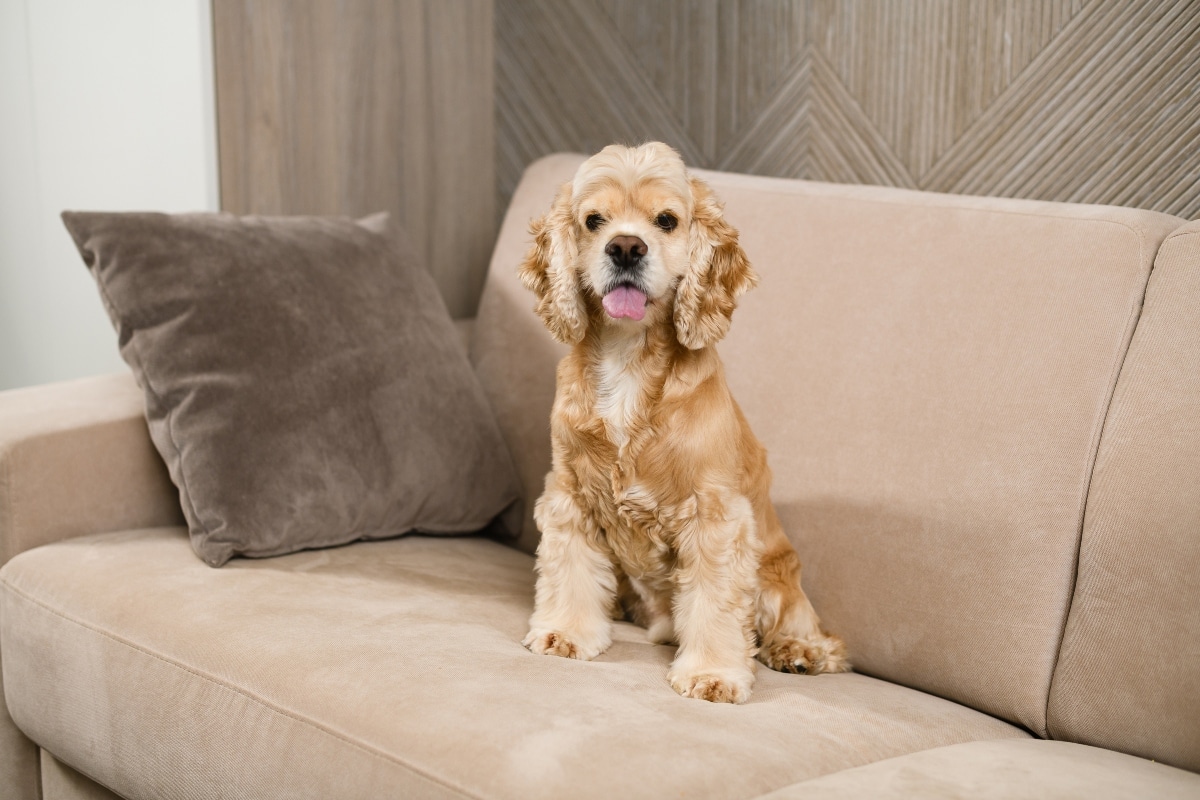 Shutterstock
Shutterstock
Some companions treat couches, beds, and chairs like their personal thrones, believing they were made for lounging at any height. These breeds often refuse to stay grounded, surging onto furniture with blissful defiance. Their stubborn streaks, combined with a love for comfort, make them masters of claiming every soft surface in the home. Living with one means accepting that your favorite chair may never feel quite yours again, but the cuddles often make up for it.
Dachshund
 Shutterstock
Shutterstock
Dachshunds are famously independent and stubborn, traits that extend to furniture rules. They love burrowing into cushions or curling up in laps, often ignoring commands to stay off. Their determination and clingy nature make them persistent about being close to their humans. For many owners, it becomes a daily tug of war between training and giving in to that irresistible chestnut body curled in the blanket.
Beagle
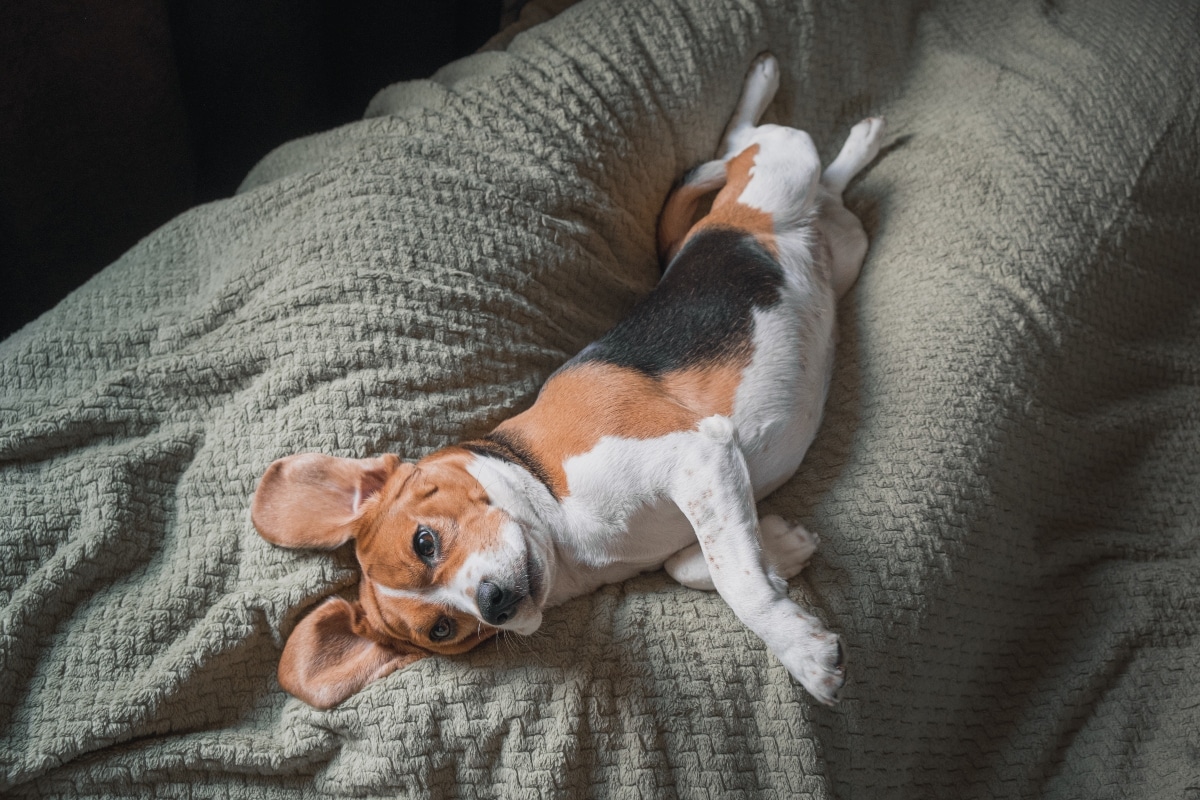 Shutterstock
Shutterstock
Beagles are notoriously driven by curiosity and scent, but they also love being in the center of action, often literally on your sofa. Their stubborn streak combines with a need for proximity, making them jump up whenever you move. It’s not defiance so much as their belief that furniture is part of the social space. Over time, this behavior becomes habitual unless actively redirected.
Shiba Inu
 Shutterstock
Shutterstock
Shiba Inus are proud, independent, and often operate on their own terms. If they decide the couch is theirs, they will assert that in calm but firm ways. Their aloofness doesn’t stop them from creeping up on furniture when no one’s looking. Training must account for their self-reliant personality, or you’ll often find them perched where they aren’t supposed to be.
Basset Hound
 Shutterstock
Shutterstock
Basset Hounds are laid-back yet stubborn, prone to ignoring commands if a comfy surface is nearby. Their low stature doesn’t stop them; they’ll heave themselves up with quiet persistence. They prefer being close to their people, and a furniture surface gives them that closeness. With consistent redirection and boundaries, it’s possible to steer their behavior, but they’ll test rules regularly.
Jack Russell Terrier
 Shutterstock
Shutterstock
Jack Russells are energetic and bold, traits that often spill into a desire to be everywhere, including on furniture. Their confident nature makes them believe no seat is off-limits. They’ll leap up with the speed and precision of an athlete. Managing this requires solid training and clear boundaries from a young age.
Scottish Terrier
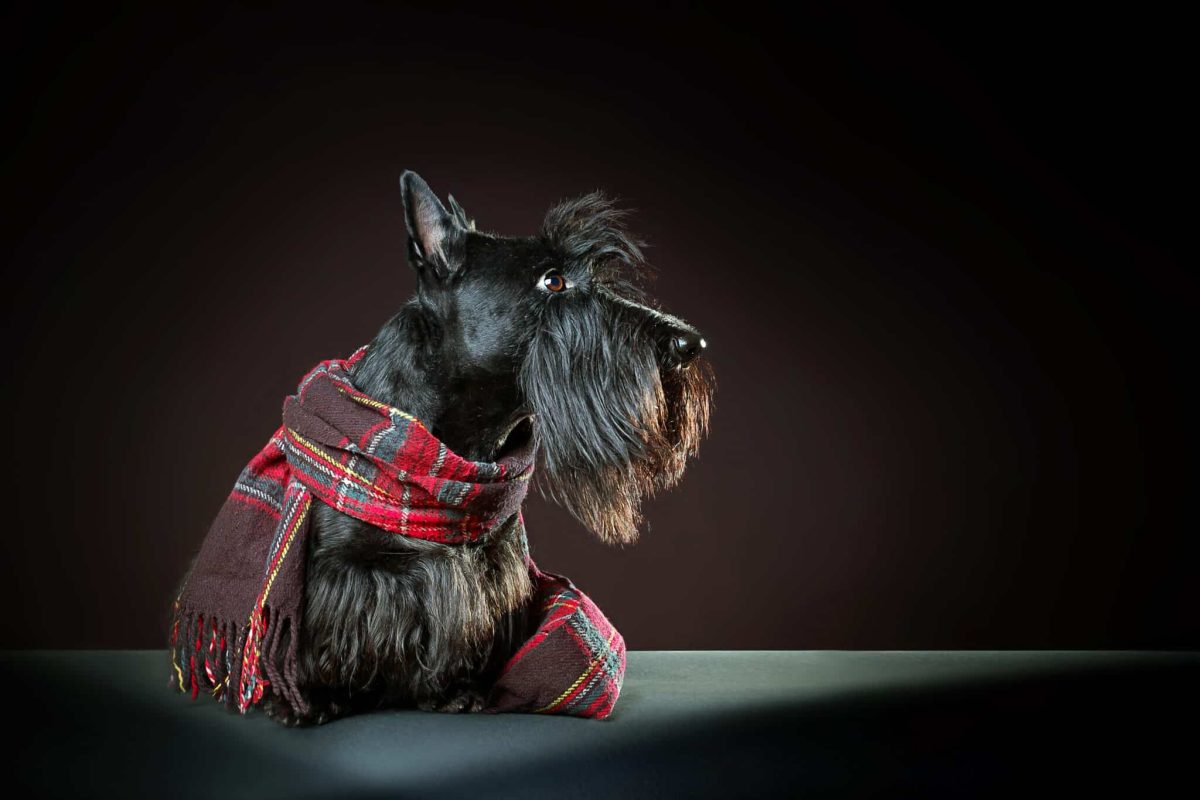 Shutterstock
Shutterstock
Scottish Terriers combine independence and stubbornness in a compact package, making them unlikely to obey rules about furniture. They’ll quietly climb up when they feel like it. Their dignified demeanor masks a strong will to be close to their people. Small size only helps; they can be masters of stealthy furniture reclamation.
Pug
 Shutterstock
Shutterstock
Pugs are affectionate and clingy, often interpreting a furniture ban as a personal slight. They will often wiggle into any open spot on the couch or bed. Their persistence is fueled by their desire to be near humans at all times. Training works best when paired with giving them acceptable alternatives and positive reinforcement.
Siberian Husky
 Shutterstock
Shutterstock
Huskies are independent thinkers and will judge furniture rules on their own. If they decide a chair or couch is acceptable, they’ll take it without concern. Their intelligence and stubborn streak make it challenging to override that decision. Preventing these habits requires not just correction but consistent structure and alternatives.
Cocker Spaniel
 Shutterstock
Shutterstock
Cocker Spaniels love companionship and will often climb into beds or sofas to be part of family life. Their loyalty drives them to seek closeness, even when that means breaking rules. They may stall, refuse to move, or offer sad eyes when asked to stay off. Gentle but firm training and consistent boundaries help curb furniture invasions.
Lhasa Apso
 Shutterstock
Shutterstock
Lhasa Apsos are confident and independent, traits that can make it difficult for furniture rules to be enforced. They often choose to sit where they like, ignoring attempts to banish them. Their long coats and regal presence make them look like natural furniture ornaments. Enforcing boundaries with this breed demands patience, consistency, and plenty of praise for compliance.
Chihuahua
 Shutterstock
Shutterstock
Chihuahuas may be tiny, but they carry immense confidence and often believe no seat is out of reach. They’ll scale couches and lap spaces with ease. Their small size helps them slip into forbidden spots unnoticed. Many owners find themselves powerless to resist their imploring eyes and the urge to scoop them up.
Bulldog
 Shutterstock
Shutterstock
Bulldogs are calm but determined; if they decide your chair is theirs, they’ll stay put. Their weight and stance make removal difficult, so they often succeed. They aren’t as flighty as some breeds; they commit fully. Consistency and boundary training are essential to discourage such behavior.
Labrador Retriever
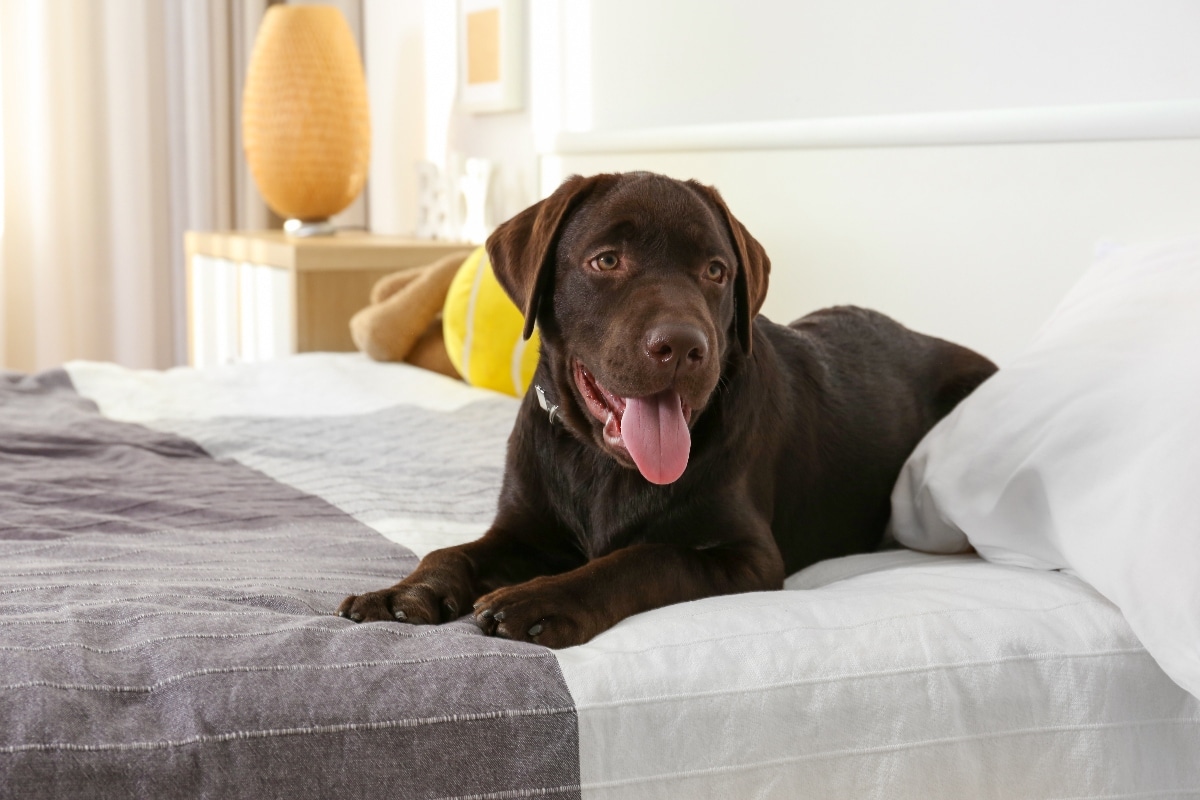 Shutterstock
Shutterstock
Labradors are people-oriented and crave closeness, which often means snuggling on furniture. Their friendly nature makes them believe that any seat is fair game if you’re on it too. Despite their trainable reputation, they can be surprisingly persistent about comfort spots. Many owners surrender when faced with those pleading eyes and wagging tails.
The Couch Conquerors Club
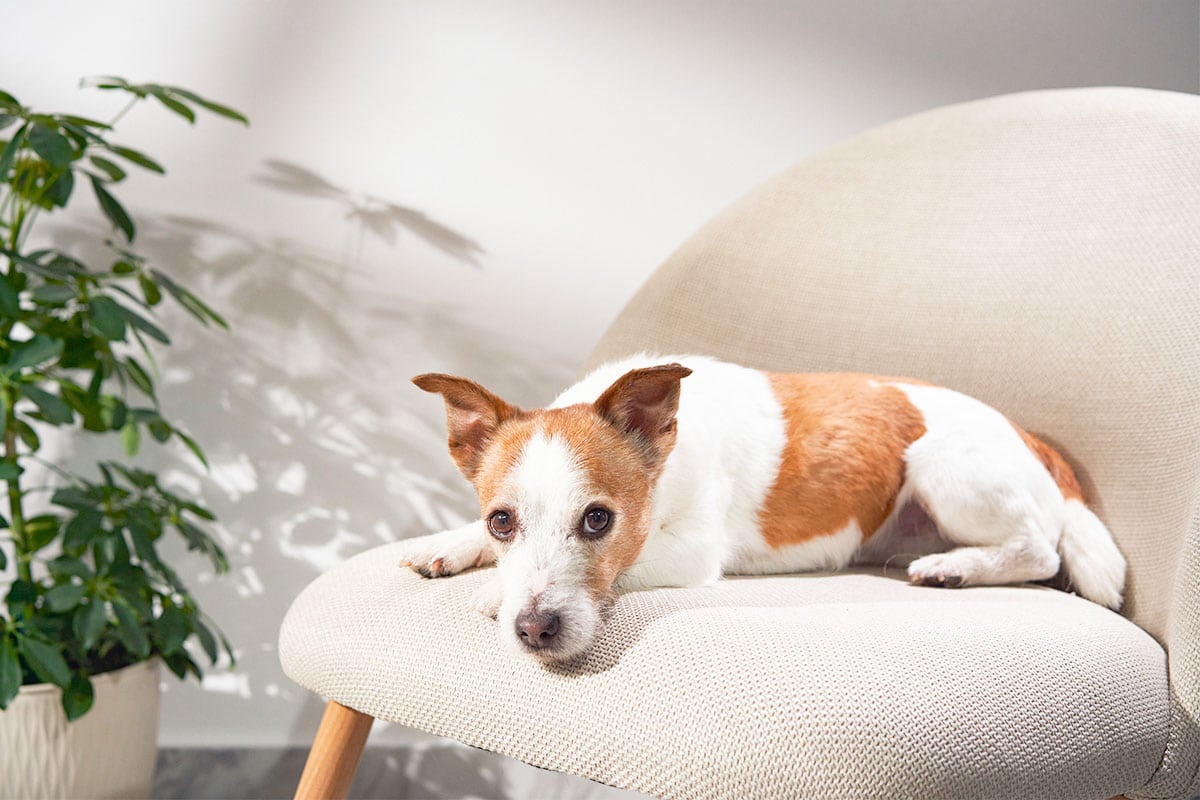 Shutterstock
Shutterstock
Stubborn dogs that claim furniture keep life interesting, to say the least. They teach us boundaries, patience, and the occasional surrender to a snuggle negotiation. Though training them demands consistency, the moments they choose not to hop up feel like victories. Lives shared with these determined fluffballs come with extra vacuums and some furniture scars, but also a lot of warmth and laughter. In the end, you might find yourself yielding more to cuddles than rules, and that’s part of their charm.

 8 hours ago
3
8 hours ago
3



















 English (US) ·
English (US) ·